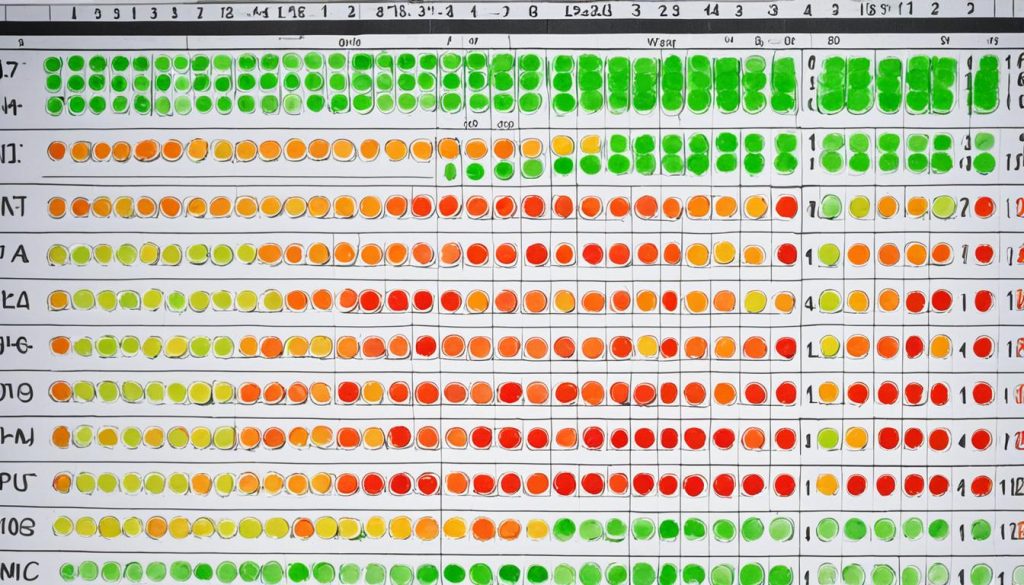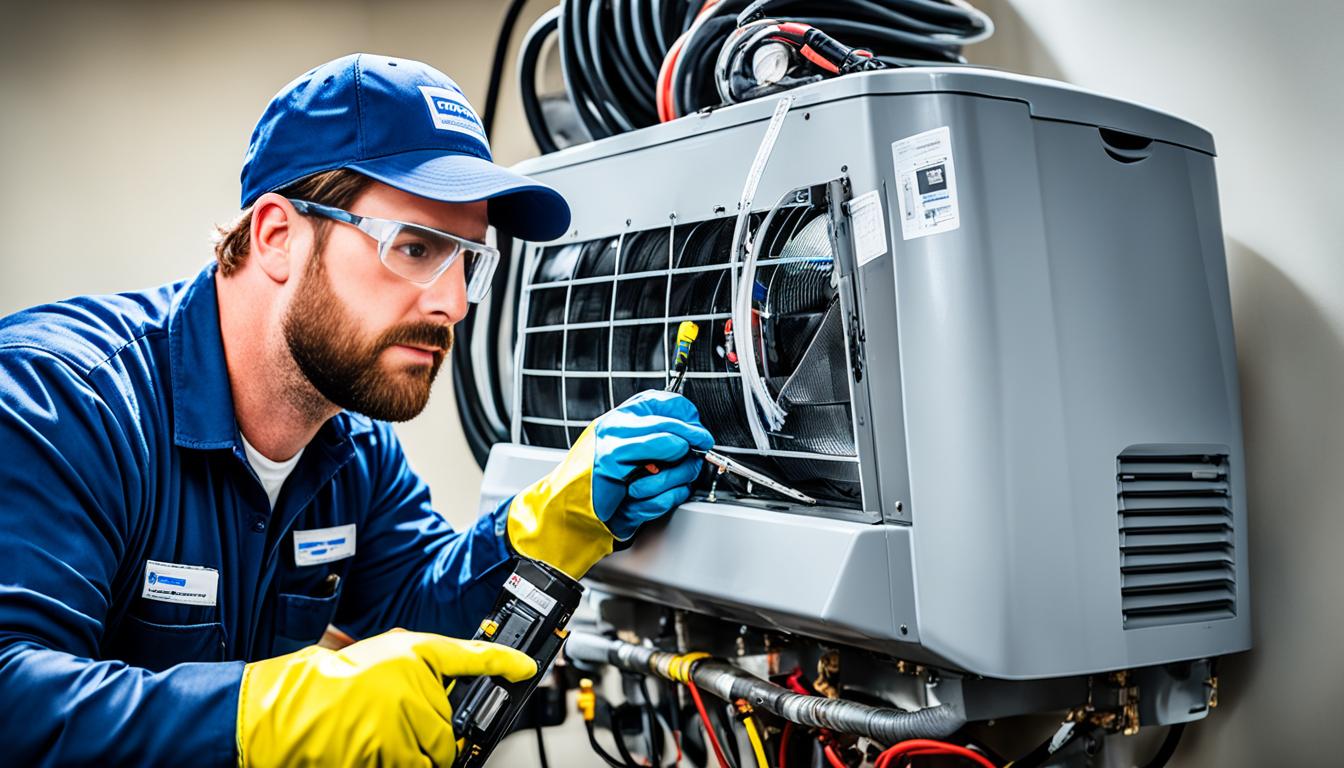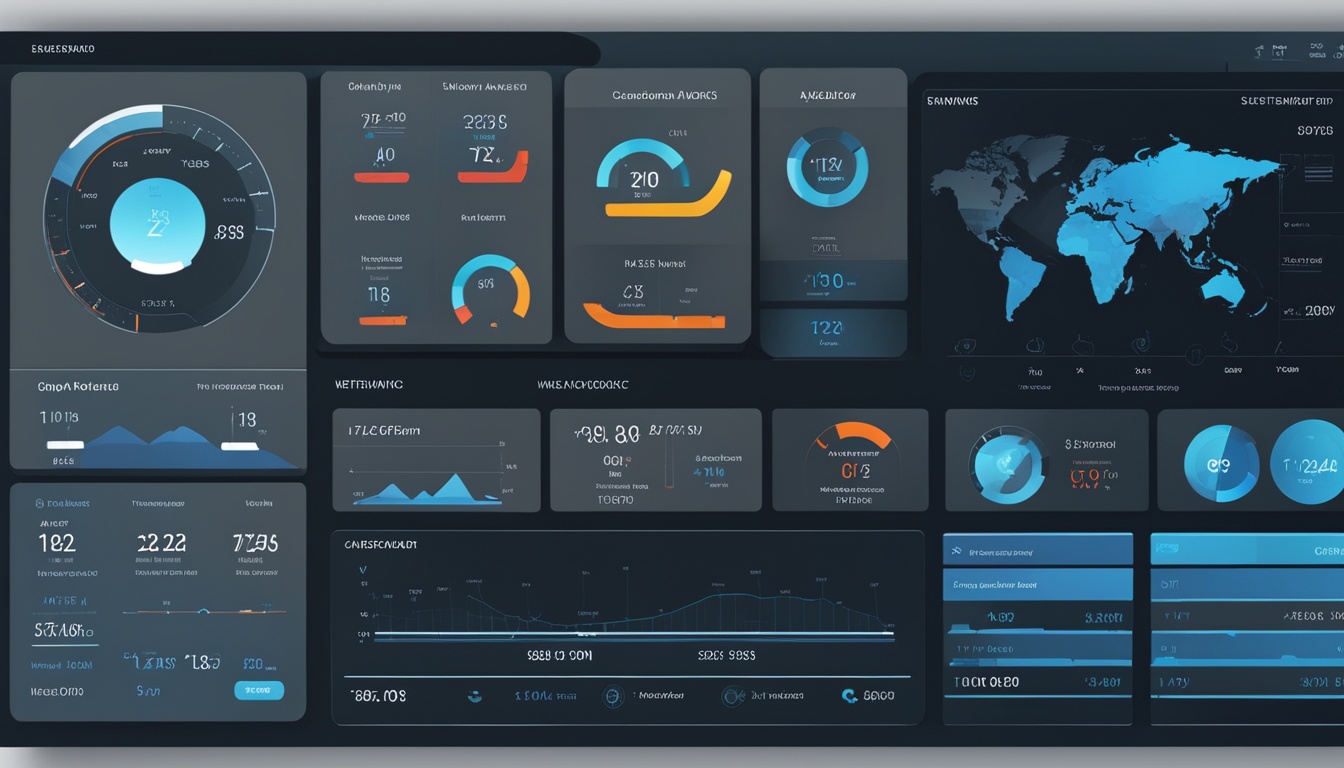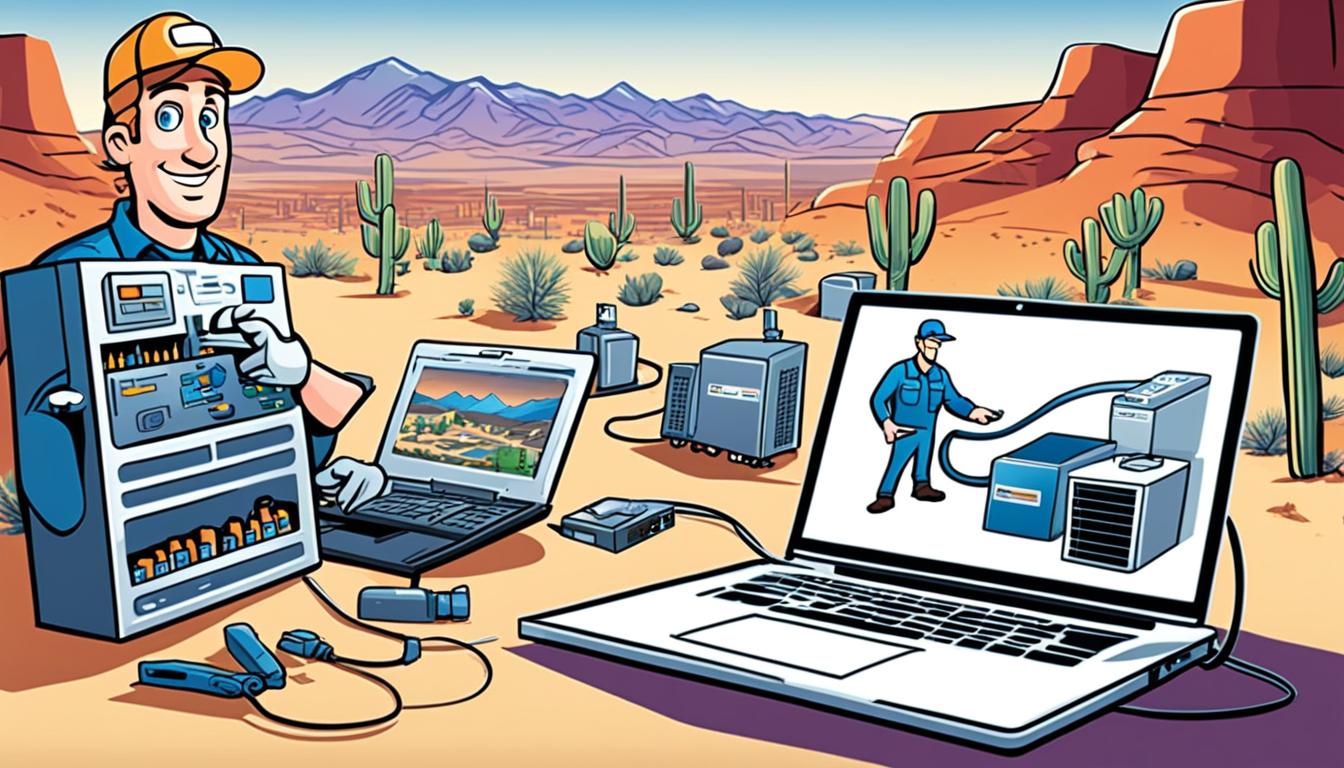When you’re an AC repair contractor, every aspect of your work matters. From diagnosing the problem to making the repairs, your attention to detail and commitment to excellence is what sets you apart. But there’s one area that often gets overlooked – documenting and reporting detected leaks for regulatory compliance.
Let me share a personal experience with you. A few years ago, I had a customer who was facing hefty fines for non-compliance with leak documentation requirements. They had neglected to keep proper records, and it was catching up to them. As their trusted AC repair contractor, I knew I had to step in and help.
Together, we worked diligently to implement effective leak detection and repair programs, ensuring that every leak was documented and reported according to regulatory standards. It wasn’t easy, but the peace of mind it brought to my client was immeasurable. They no longer had to worry about compliance issues or potential penalties.
Documenting leaks for regulatory compliance is not only crucial for avoiding fines, but it’s also a reflection of your professionalism and commitment to your craft. By following best practices and adhering to regulatory requirements, you can ensure the success and longevity of your AC repair business.
In this article, we will delve into the importance of documenting leaks to meet regulatory compliance, explore best practices for leak documentation, and provide actionable insights to help you navigate these requirements with ease.
Key Takeaways:
- Documenting and reporting detected leaks is essential for regulatory compliance as an AC repair contractor.
- Implementing effective leak detection and repair programs can help you avoid fines and penalties.
- Understanding the requirements of Rule 1415.1 and its application is crucial for compliance.
- Following best practices for documenting leaks and staying updated on regulatory standards is key to success.
- Proper leak documentation demonstrates professionalism and commitment to your craft.
Implementing Effective Leak Detection and Repair Programs
Implementing effective leak detection and repair programs is crucial to ensure compliance with regulatory requirements in the AC repair industry. AC repair contractors must establish comprehensive documentation practices to record and report refrigerant leaks accurately. This includes maintaining detailed records of leak inspections, repairs, and the purchase and shipment of high-GWP refrigerants.
Leak detection methods may involve the use of portable leak detection devices, bubble tests, or other approved methods as per regulatory leak documentation standards. It is essential for AC repair contractors to follow proper calibration and maintenance procedures for leak detection equipment to obtain accurate results.
Compliance with leak detection and repair programs brings several benefits. It helps reduce product losses and minimizes environmental impact by preventing refrigerant leaks. Additionally, it enhances safety for facility workers and the surrounding community and potentially reduces emission fees. By implementing leak detection and repair programs effectively, AC repair contractors can avoid enforcement actions and maintain a good reputation in the industry.
To ensure compliance with leak documentation requirements, AC repair contractors should:
- Establish a comprehensive process for documenting refrigerant leaks and repairs.
- Maintain detailed records of leak inspections, repairs, and the purchase and shipment of high-GWP refrigerants.
- Follow approved leak detection methods and calibration procedures to ensure accurate results.
- Adhere to regulatory leak documentation standards and guidelines.
- Regularly train and educate technicians on compliance requirements and leak detection best practices.
By following these guidelines, AC repair contractors can maintain compliance with regulatory leak documentation standards, reduce the environmental impact of refrigerant leaks, and ensure the safety of their technicians and the community.
Understanding Rule 1415.1 and its Application

Rule 1415.1 is a critical regulation that outlines the requirements for refrigeration systems subject to regulatory compliance. As an AC repair contractor, it is crucial to understand and comply with these regulations to ensure your clients’ systems meet the necessary standards.
Facilities with refrigeration systems that have a refrigerant charge of more than 50 pounds, use a high-GWP refrigerant, and are within non-residential establishments are subject to Rule 1415.1. Compliance with this rule entails several obligations, including:
- Registering the refrigeration system with the regulatory authority
- Conducting periodic leak inspections based on the system’s size category (small, medium, or large)
- Repairing leaks within a specified timeframe
- Maintaining records of leak inspections and repairs
Furthermore, facilities that have multiple applicable refrigeration systems are required to pay a fee based on the size of the largest system. It is essential to keep accurate and up-to-date documentation to demonstrate compliance with regulatory leak reporting requirements.
There are exemptions available for facilities that meet specific criteria, such as being a political subdivision or performing the refrigeration system service with no compensation. However, it is important to carefully review the exemptions and consult with the regulatory authority to ensure eligibility.
Compliance with Rule 1415.1 is imperative to avoid penalties and maintain the integrity of the refrigeration systems you service. By understanding and adhering to the requirements, you can protect your clients’ businesses while also upholding industry standards.
Benefits of Compliance
Complying with Rule 1415.1 and the associated leak reporting compliance checklist offers several benefits for AC repair contractors:
- Ensuring regulatory compliance and avoiding penalties
- Maintaining a positive reputation built on professionalism and adherence to industry standards
- Reducing the risk of refrigerant leaks and associated environmental impact
- Minimizing downtime and disruptions for clients through proactive leak detection and repair
- Enhancing customer trust and loyalty by providing high-quality, compliant services
To fully leverage these benefits, it is crucial to establish and maintain leak documentation logs that track all relevant information regarding leak inspections, repairs, and compliance documentation requirements. By keeping detailed records, you can easily demonstrate your commitment to quality and regulatory compliance.
Example Leak Documentation Log
| Date of Leak Detection | Repair Completion Date | Follow-up Verification Test |
|---|---|---|
| 2021-03-15 | 2021-03-18 | Passed |
| 2021-06-02 | 2021-06-10 | Failed |
| 2021-09-21 | 2021-09-27 | Passed |
Best Practices for Documenting Leaks and Ensuring Compliance
As an AC repair contractor, it is crucial to follow best practices for documenting leaks and maintaining compliance with environmental regulations. By implementing these practices, you can ensure the quality of your leak documentation and stay on the right side of regulatory requirements.
To begin, it is essential to keep accurate and detailed records of all leak inspections, repairs, and the usage of high-GWP refrigerants. This includes documenting the date of leak detection, repair completion, and subsequent verification tests. Maintaining a leak documentation log will help you track these important milestones and provide a comprehensive overview of your compliance efforts.
Staying updated on the latest regulatory standards and guidelines is also crucial. Environmental regulations can change over time, and it is your responsibility to stay informed and adapt your practices accordingly. By regularly reviewing and implementing these standards, you can ensure that your documentation meets the regulatory leak documentation standards.
An effective compliance checklist can significantly improve your documentation process. By creating a checklist that includes all necessary steps for leak reporting compliance, you can ensure consistency and accuracy in your documentation efforts. It will also serve as a helpful reference tool for your team, minimizing the risk of oversight or missing important documentation requirements.
Lastly, providing regular training and education for your technicians is paramount. By ensuring that they understand the importance of compliance and emphasizing the significance of accurate documentation, you can maintain a high level of compliance throughout your organization. This includes educating your team about leak reporting compliance, regulatory leak documentation standards, and environmental regulations. By investing in their knowledge and skills, you can enhance your overall compliance efforts and build a culture of excellence within your company.





0 Comments